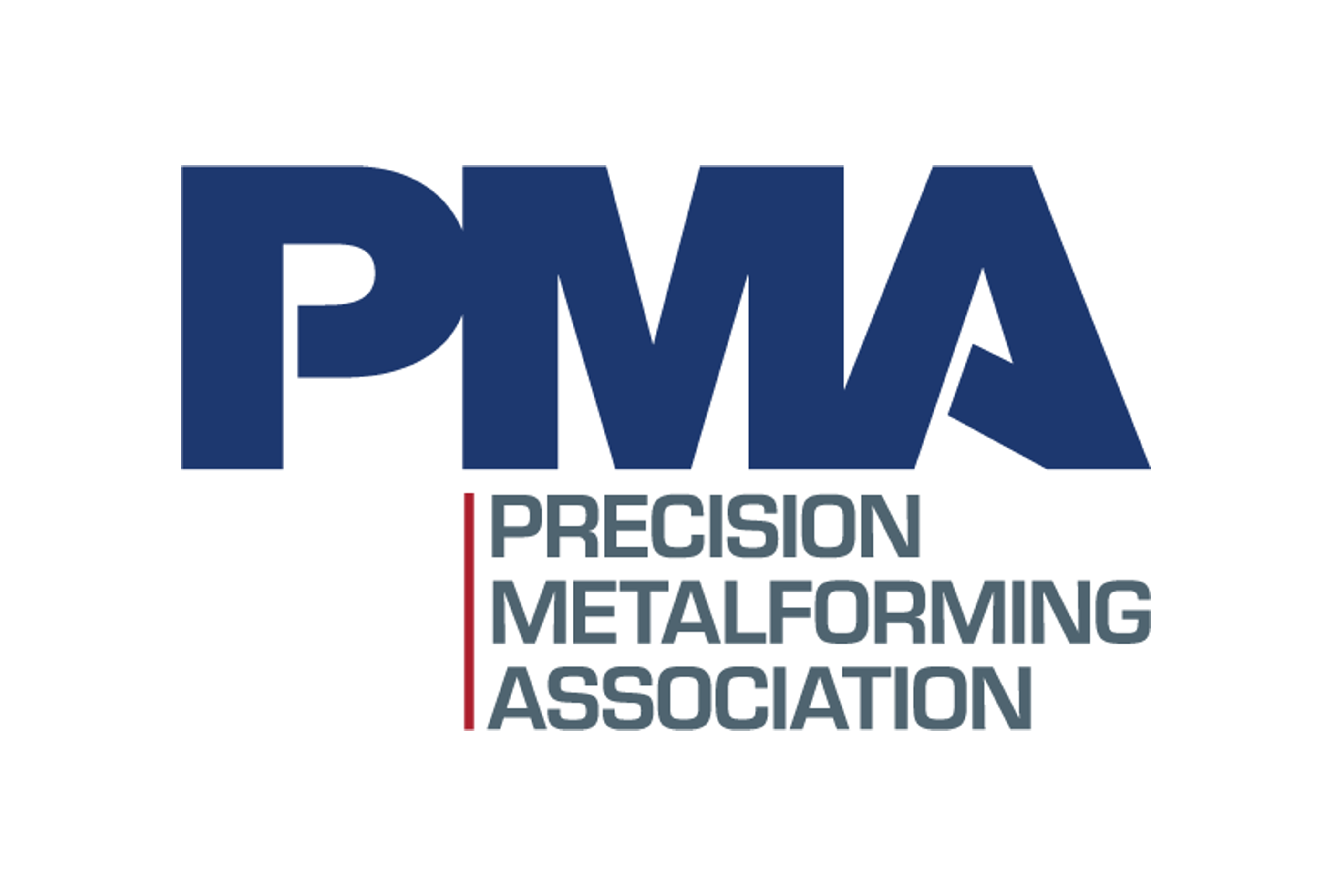Market Data

August 9, 2022
Manufacturing Conditions Grow Tougher: PMI
Written by David Schollaert
The S&P Global US manufacturing PMI—another measure of manufacturing—fell to 52.2 in July, its lowest level in two years, as output and new orders decreased last month.
July’s results are down slightly from 52.7 in June, as US manufacturers report the toughest business conditions since 2009. (Recall that a reading above 50.0 indicates growth.) The report said the US manufacturing sector lost growth momentum in early July, attributed to a drop in production throughout July, due to weakened client demand, raw material shortages, and challenges in finding candidates for vacancies.
“The rising cost of living is the most commonly cited cause of lower sales, as well as the worsening economic outlook,” according to Chris Williamson, chief business economist at S&P Global Market Intelligence.
Factory goods are down for the second straight month, leading to the first drop in production in two years. Foreign client demand also decreased at the start of the third quarter, with new exports falling at the fastest pace since May 2020, the report said.
Buying patterns were more cautious in July, as companies cut back on investments and new orders for business equipment and machinery declined sharply.
Backlogs increased in July as material shortages put more pressure on staff capacity. Firms have the challenge of sourcing raw materials and having enough employees at the correct times, Williamson said.
“Supply chain problems remain a major concern but have eased, taking some pressure off prices for a variety of inputs,” added Williamson. “This has fed through to the smallest rise in the price of goods leaving the factory gate seen for nearly one and a half years, the rate of inflation cooling sharply to add to signs that inflation has peaked.”
By David Schollaert, David@SteelMarketUpdate.com







